
Michele Cammarano (23 February 1835, Naples - 15 September 1920, Naples) was an Italian painter who was best known for his battle scenes, although he worked with a wide variety of subjects.

Michele Cammarano (23 February 1835, Naples - 15 September 1920, Naples) was an Italian painter who was best known for his battle scenes, although he worked with a wide variety of subjects.
His grandfather was Giuseppe Cammarano, a painter and occasional actor, and his father was Salvadore Cammarano, a famous opera librettist who wrote for Giuseppe Verdi. He enrolled at the Accademia di Belle Arti di Napoli in 1853. [1] Later, he studied with Gabriele Smargiassi, Giuseppe Mancinelli and the Palizzi brothers (Filippo and Giuseppe), painters in the Naturalistic style. [2] He had his first exhibition in 1855 at the ""Real Museo Borbonico". [1]
In 1860, however, he became fascinated with Giuseppe Garibaldi and enlisted in the "Guardia Nazionale" to help eliminate the brigantaggio; a major step in the reunification of Italy. His experiences had a decisive influence on his artistic career. A brief stay in Florence after his service brought him into contact with the Macchiaioli, who also had some influence. [1] In 1863, one of his paintings was purchased by King Victor Emmanuel II. [3]
In 1865, he moved to Rome then, in 1867, to Venice. In 1870, his admiration for Gustave Courbet led him to Paris. He was determined to meet Courbet, which he did and, while he was there, discovered the works of Théodore Géricault. [1]
In 1888, he was commissioned by the Italian government to create a monumental canvas depicting the Battle of Dogali (1887). After reading about the geography and local customs, he moved to Massawa to inspect the battle site in person and remained for almost five years to complete the painting. [1] While there, he also created landscapes and portraits of the local people.
In 1900, he was appointed to succeed his old teacher, Filippo Palizzi, as Professor at the Institute in Naples. After that, his productivity declined; although he made a few trips to Sicily to paint landscapes. [1] A street in Naples has been named after him.

Domenico Morelli was an Italian painter, who mainly produced historical and religious works. Morelli was immensely influential in the arts of the second half of the 19th century, both as director of the Accademia di Belle Arti in Naples, but also because of his rebelliousness against institutions: traits that flourished into the passionate, often patriotic, Romantic and later Symbolist subjects of his canvases. Morelli was the teacher of Vincenzo Petrocelli, Ulisse Caputo, and Anselmo Gianfanti.
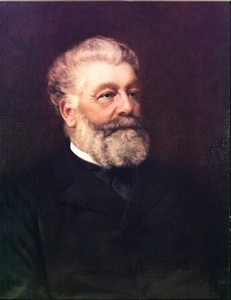
Stefano Ussi was an Italian painter, known first for his history paintings, and later for depicting Orientalist, mostly Arabian and Moroccan subjects.
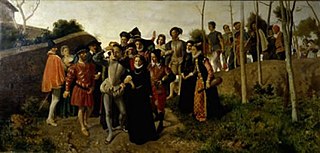
Bernardo Celentano was an Italian painter of the 19th century, who painted historical themes in the style of Realism.

Eduardo Dalbono was an Italian painter born in Naples.
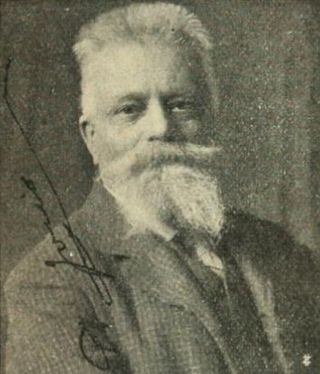
Pio Joris was an Italian painter, engraver and watercolorist.

Filippo Carcano was an Italian painter.
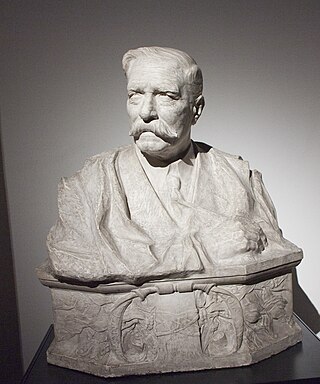
Francesco Lojacono or Lo Jacono (1838–1915) was an Italian painter, mainly of landscapes and seascapes, and mainly active in his native Palermo, Sicily.
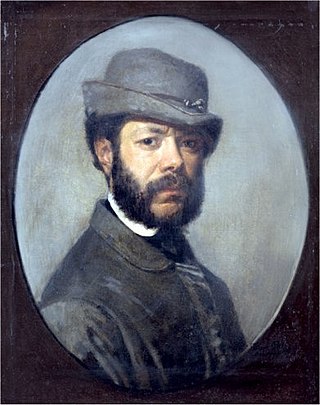
Filippo Palizzi was an Italian painter, known for his rural genre scenes with animals; mostly goats. His brothers, Francesco Paolo, Giuseppe and Nciola also became painters.

Giuseppe Palizzi, or Joseph Palizzi was an Italian-born French painter of landscapes and rural genre scenes. His younger brothers, Filippo, Nicola and Francesco Paolo also became painters.
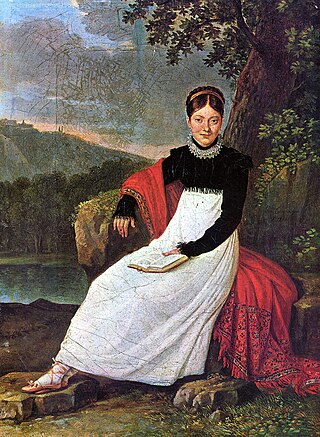
Giuseppe Cammarano was an Italian painter of frescoes and portraits.
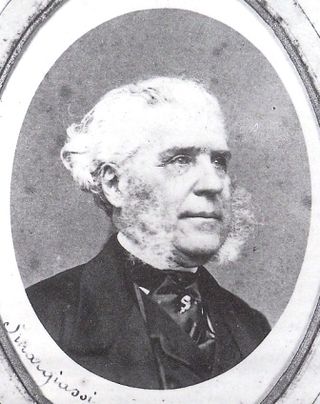
Gabriele Smargiassi was an Italian landscape painter and professor at the Academy of Fine Arts in Naples.
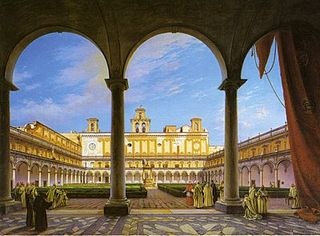
The School of Posillipo refers to a loose group of landscape painters, based in the waterfront Posillipo neighborhood of Naples, Italy. While some among them became academicians, it was not a formal school or association.
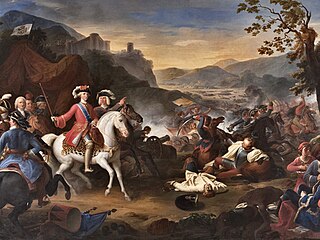
Camillo Guerra was an Italian painter of portraits and historical scenes.

Filippo Marsigli was an Italian painter in the Neoclassic style. He specialized in large canvases on epic, historical subjects.
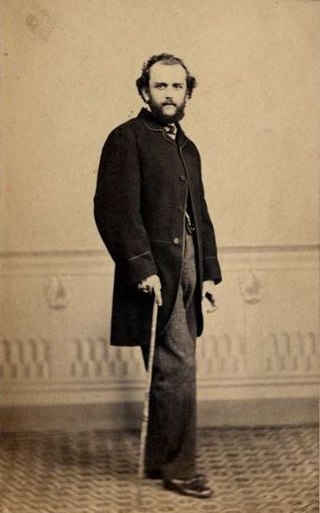
Achille Vertunni was an Italian painter.

Attilio Simonetti (1843–1925) was an Italian painter and Antiquarian.

Antonino or Antonio Leto was an Italian painter, painting mainly genre/landscape subjects in an impressionistic style.

Giuseppe De Sanctis was an Italian painter, primarily of portraits and cityscapes.
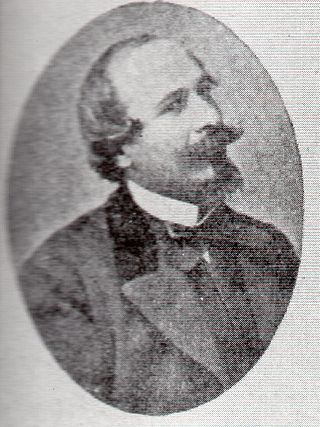
Nicola Palizzi was an Italian painter; known primarily for landscapes.

Francesco Paolo Palizzi, was an Italian painter; primarily known for landscapes.